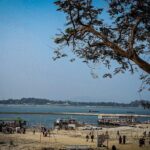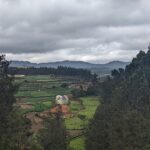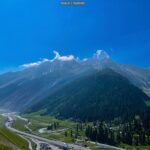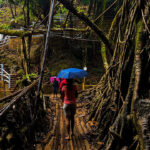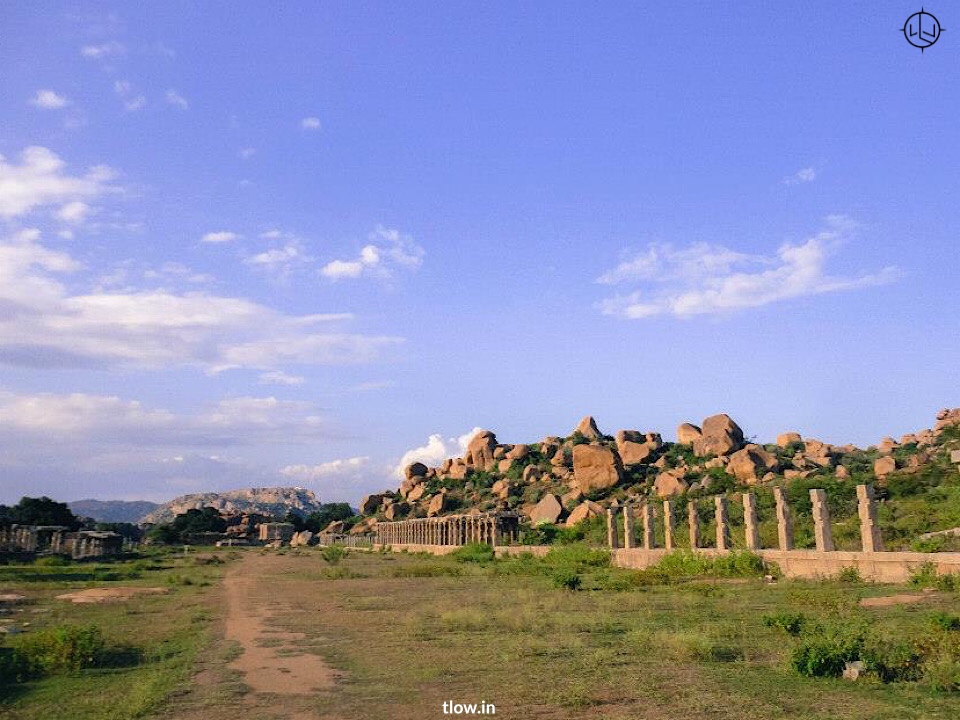
Land of ruins and boulders: Hampi, Karnataka
Hampi is a small town with breathtaking landscape and is located in the state of Karnataka, in Southern India. The small town of Hampi is now a UNESCO world heritage site and is famous for the Vijayanagara Empire ruins which are spread around an area of 26 sq.km.
The kingdom was once the glorious capital of the mighty Vijayanagara empire, which existed from 1336 to 1565 AD. The Vijayanagara empire was spread from the Arabian Sea to the Bay of Bengal and from the Deccan Plateau to the tip of the India Peninsula. The Vijayanagara empire was founded by two local princes, Hakka and Bukka, and the empire was famous for its might, wealth and most of all for its imperial magnificence.
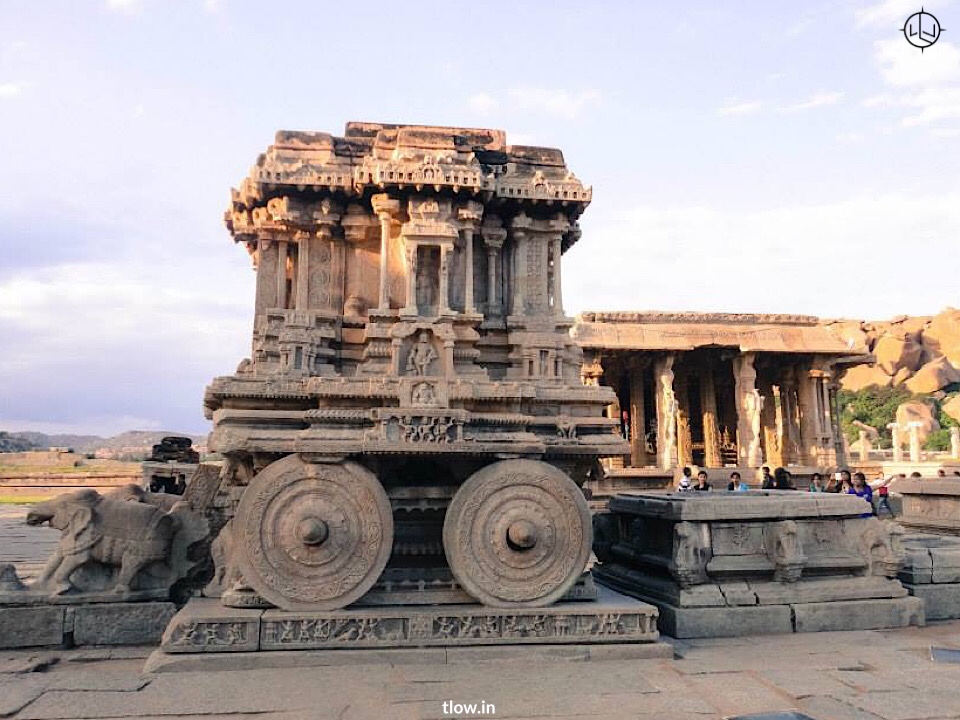
The best and also the most economical way of getting to Hampi is by train. Hospet Junction is the closest railway station ,since the town does not have a railway station of its own. Hospet is located 13 km from Hampi, there are regular government buses that play from Hospet Junction to Hampi. Auto-rickshaws also ply from Hospet Junction to Hampi, but the government buses are the best and most economical way of getting to the town. Trains run several times a week from Banglore, Goa and Hyderabad.
Hampi
Karnataka State Road Transport Corporation (KSRTC), operates daily buses from Goa, Gokarna, Banglore and Mysore to Hospet bus terminus. Private bus operators also run overnight buses from Gokarna and Goa.
The town is a backpackers and photographer’s paradise, especially due to its complete contrast terrain and the 14th-century ruins, which make Hampi like no other place in India. Rocks and boulders are seen in all directions of this town, no matter which direction you look boulders are there. The boulders found here are huge and imposing and coupled with the Vijayanagara ruins they give the place a stunning look.
There are numerous sites of interest around Hampi, the must-visit ones are Virupaksha Temple, Hampi Bazaar, Monolith Bull, Lakshmi Narasimha Temple, Hemakuta Hill Temples, Vittala Temple (the famous stone chariot is located here), Hazara Rama Temple, Royal Enclosures, Queen’s Bath, Zanana Enclosure (which also houses the Lotus Mahal), Elephant Stables, Achyut Raya Temple, Statue of Lakshmi Narasimha (often mistaken for Ugra Narasimha – fiery form of Vishnu)
owing to the damage suffered by this monolithic statue, Virupaksha Temple, Mahanavmi Dibba, the Stepped Bath and the Matanga Hill (from where one can see the most beautiful sunset ever). All these places can be easily accessible without crossing over the river.
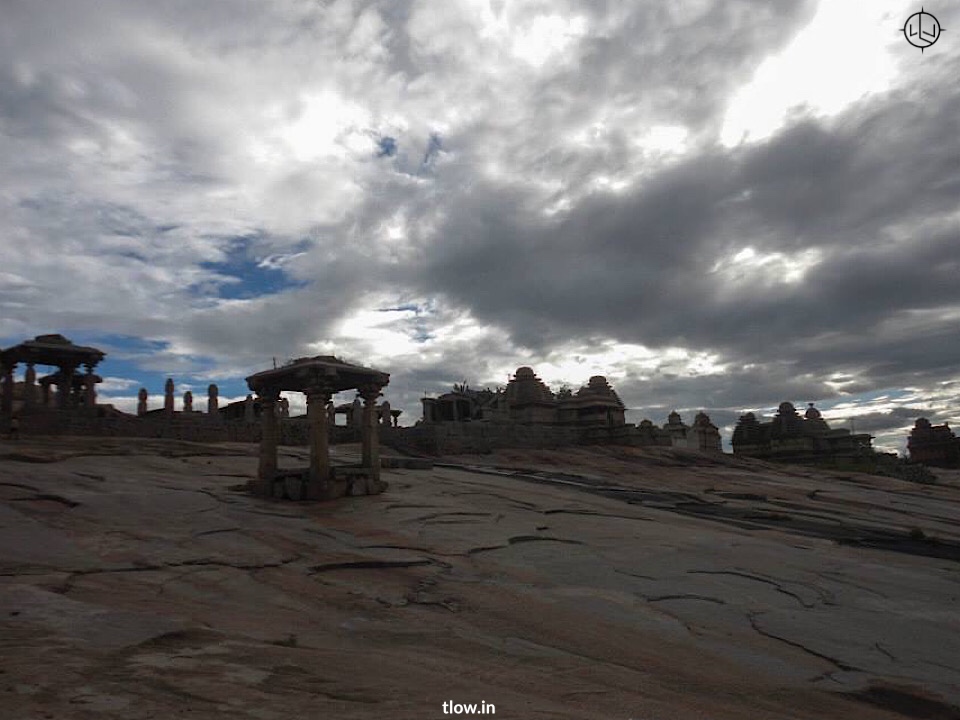
Across the river, the attractions are only a handful as compared to around the bus stand. The Hanuman Temple on Anjaneya Hill, more commonly known as Monkey Hill by the locals, involves climbing up 572 steps and is believed to be the birthplace of Lord Hanuman and the Pampa Sarovar are worth a visit along with the Hampi Lake.
For the adventure junkies, Hampi has plenty to offer in the form of rock climbing and bouldering. This form of adventure activities happen mostly on the Virupapura Gaddi side of the river. The gear for the same can be easily hired in from across the river. The season for bouldering is from November to May.
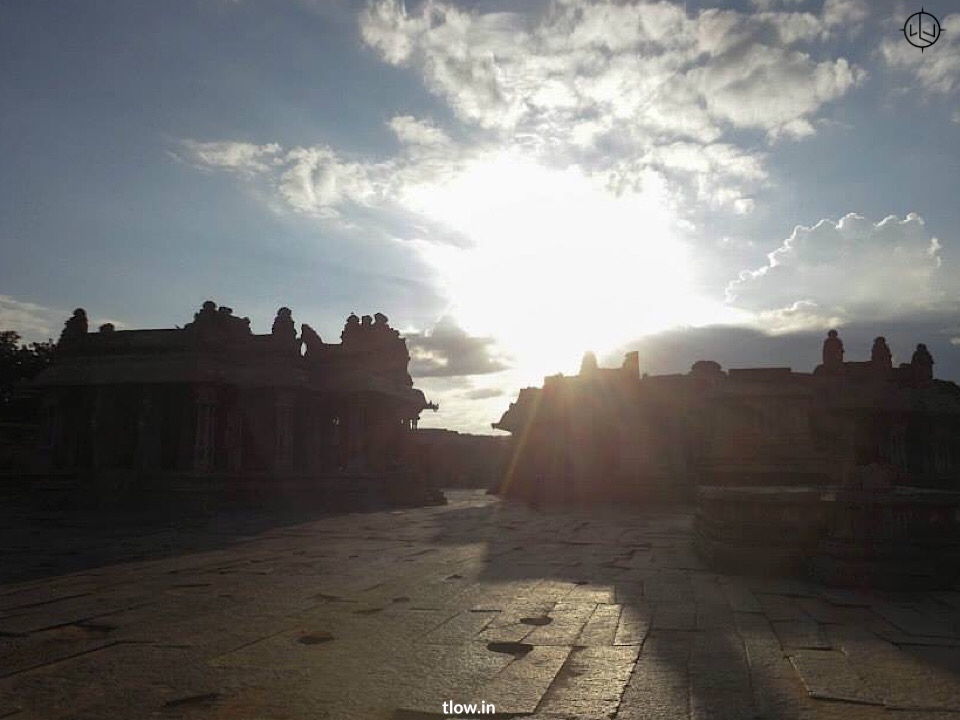
There are multiple ways of getting around the town of Hampi, from hiring a cycle, moped, motorbike, motorboat, auto-rickshaw and taxi. But the best way of getting around Hampi is by using a smart combination of walking, cycling and the moped. Every site needs a certain amount of walking since vehicles are not allowed inside the compound of the sites.
Cycling is a must-do thing in Hampi as it is the best way to get a real and up-close feel of the place. The roads are very good, but going uphill might be a task for some but coming downhill is totally worth all that effort.
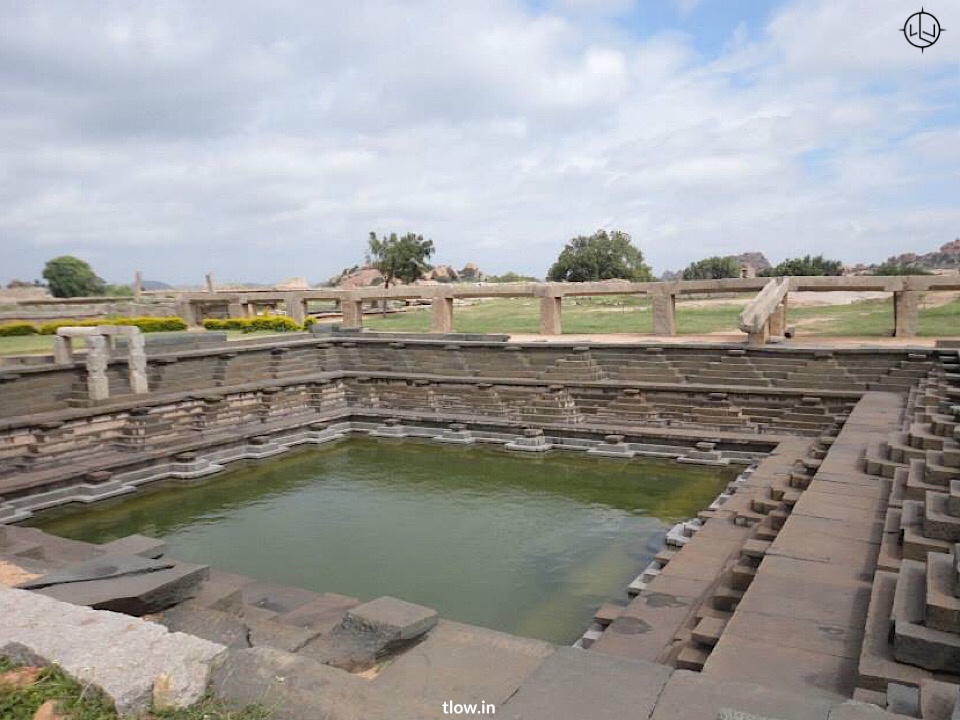
There are plenty of cycle and moped rental shops all over Hampi, so getting a ride is the easiest thing possible. Buying a Hampi travel guide is a very good option because it gives precise information about the ruins and also comes with a map which is very handy while planning how to visit these ruins. These guide books are easily available all over Hampi and are sold at very affordable price.
The accommodation in Hampi is more for the backpackers with budget guest house accommodation available in plenty. There are many guest houses scattered all over near the Bazaar area and also across the river. The guest houses provide both attached and common washroom facilities to travellers. Luxury hotels are located near Hospet bus station. But it is better to stay near the Bazaar since the sites of the ruins are easily accessible.
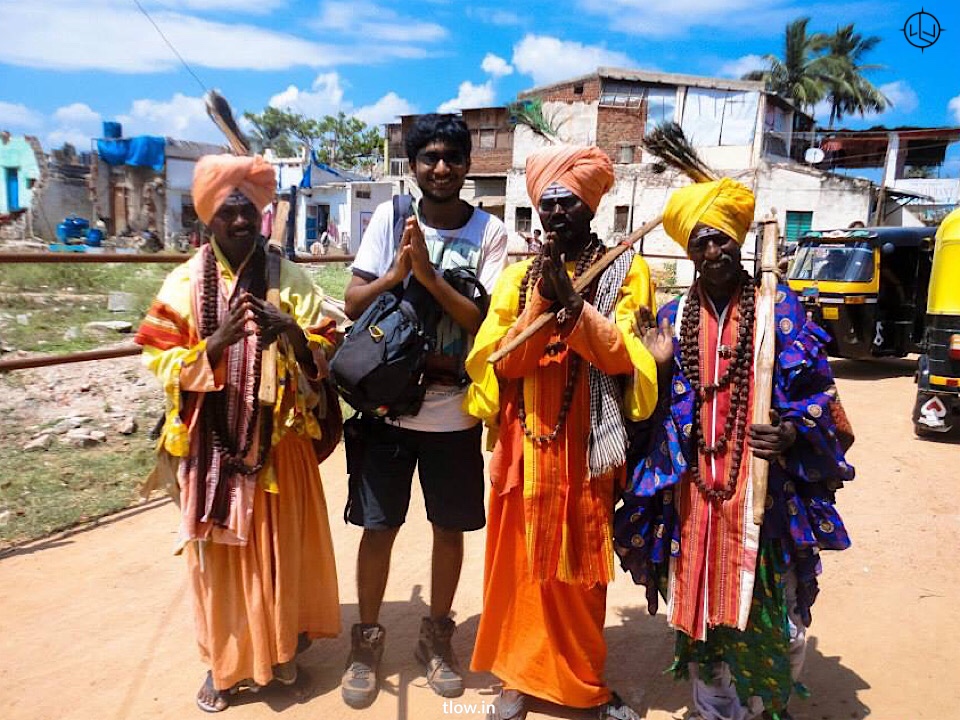
The people in Hampi are very comfortable conversing in English, speaking in Hindi may not get the desired response like the rest if India especially – the northern part of the country.
Food is not a problem in Hampi since the influx of foreign travellers have brought in a lot of cafes and eateries that are now specialist in catering to the Europeans. It is advisable to try out European food only in cafes that seem to have a fair bit of crowd rather than from cafes that deserted.
Since all the cafes will offer European food but many of them might be experimenting for the first time and it is highly possible that the experiment might go wrong. In such kind of places, it’s better to stick to normal Indian food. Since Hampi is a religious center drinking is prohibited so there are no wine shops and restaurants do not serve alcohol also.
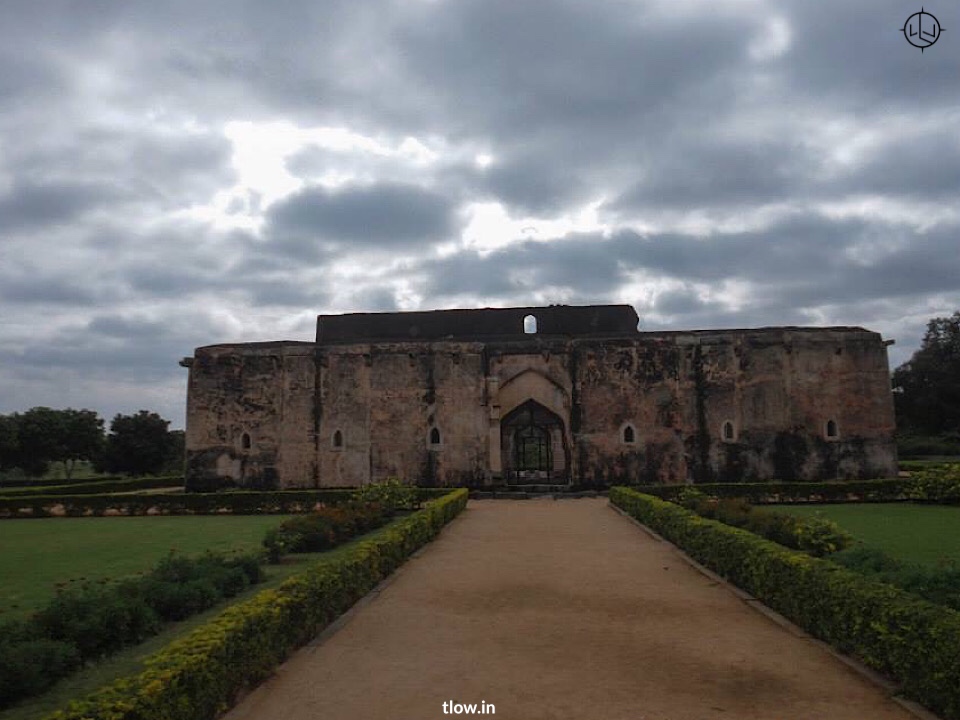
Hampi is famous for stone carvings that are handmade by the artists in the town. These stone carvings can be found all over the ruins. Other than this Hampi has a small flea market that mostly caters to Hippie backpacker by selling Hippie kurtas, jewellery, bags etc.
A very important thing to keep in mind while travelling to this town is that even though Hampi is such a big traveller hub, there is still no ATM. So it is advisable to carry enough money while travelling there. The nearest ATM is at Hospet.
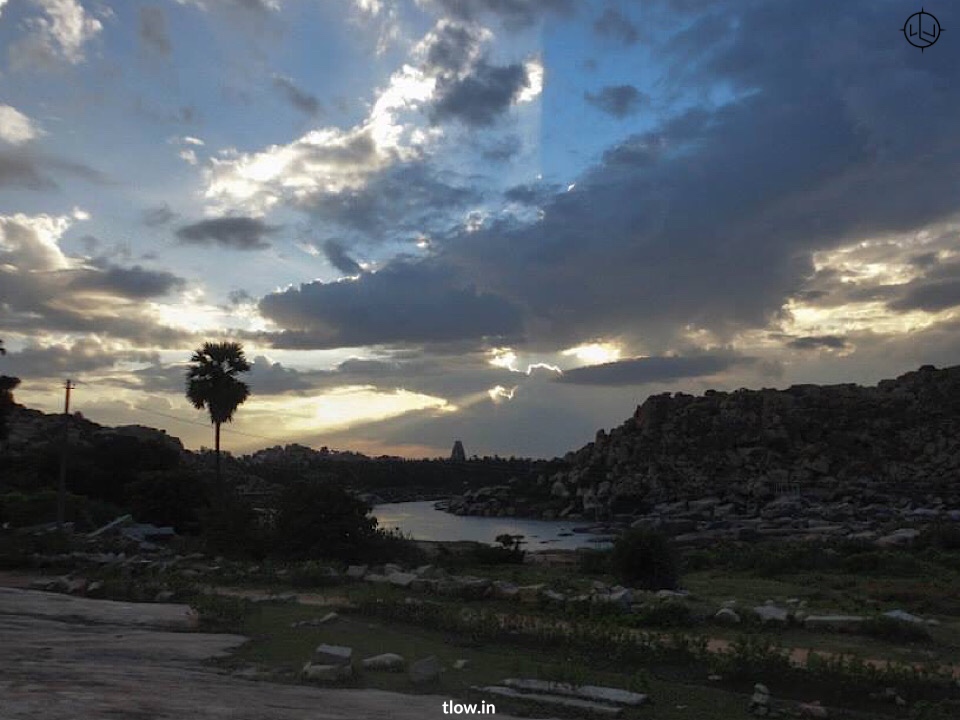
The best season to visit Hampi is during the winter months from November to February. Since the weather is nice and pleasant as compared to summer when even walking around during the afternoons is near to impossible. Visiting the place during the monsoons is bad since it rains very heavily and crossing the river is not possible.
Hampi is an ideal place for all kinds of travellers but more suitable for the backpackers, photographers, avid fans of history and ancient architecture. To do justice to all the sites a minimum of three full days are required.
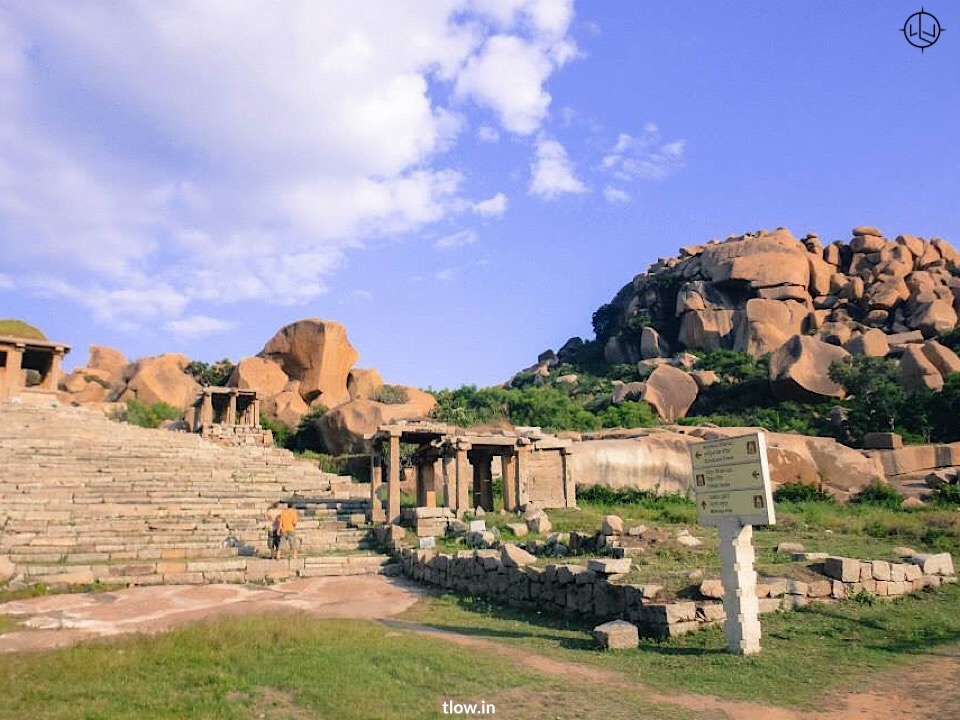
To discover all the ruins it might take anywhere between three weeks to a couple of months. Hampi is a great place to spend a few days wandering around and discovering the rich, vibrant history while also having a bit of personal time.
For a similar experience to Hampi please >> Click Here


